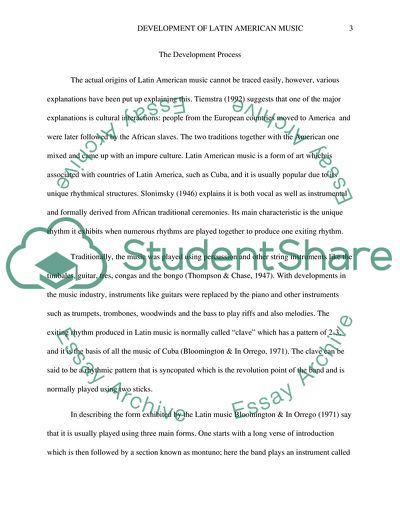Cite this document
(The Developmental Process of Latin American Music Essay, n.d.)
The Developmental Process of Latin American Music Essay. https://studentshare.org/music/1775866-aztec-renaissance
The Developmental Process of Latin American Music Essay. https://studentshare.org/music/1775866-aztec-renaissance
(The Developmental Process of Latin American Music Essay)
The Developmental Process of Latin American Music Essay. https://studentshare.org/music/1775866-aztec-renaissance.
The Developmental Process of Latin American Music Essay. https://studentshare.org/music/1775866-aztec-renaissance.
“The Developmental Process of Latin American Music Essay”. https://studentshare.org/music/1775866-aztec-renaissance.


